'Pose' Showed Everyone What True Diversity in Television Looks Like
- Oops!Something went wrong.Please try again later.
- Oops!Something went wrong.Please try again later.
The idea of Pose didn’t automatically come to screenwriter Steven Canals. He says it originated as a "kernel" after watching Paris is Burning, a 1991 documentary about drag queens living in New York City and their house culture, in Binghamton University’s lecture hall. This was back in 2004, when the young screenwriter was in film class. Ironically, he wasn’t even a screenwriter yet, nor was he planning to be.
But, 10 years later, Canals was attending UCLA’s MFA screenwriting program when that kernel came back to him. This was the time when white cis men dominated the TV space—Mad Men and Breaking Bad, among others. There was little space for people of color or queer people. Sure, you had Kurt Hummel in Glee, and Conor Walsh in How to Get Away With Murder, but they weren’t the leads, and even if they were, they weren't Black or Brown. And, on the off chance a queer person of color had a starring role, their character arc mostly resorted to trauma or pain.
But, Pose was something different. The show celebrated the beauty of the trans community—trans people of color specifically—while also highlighting the pain and struggle the community endures. Hell, three of the main characters are HIV+—you can’t get much more real than that. But marginalized people don't always have to be portrayed through a trauma lens, and that’s why Pose is one of a kind.
“So often our stories are rooted in our traumas if we're people of color, if we are LGBTQ+," Canals explains. "It was really critically important for me to tell a story that leaned out of that; where we were also being self-liberated—a story where we weren't solely surviving, but where we get to see ourselves also thriving.”
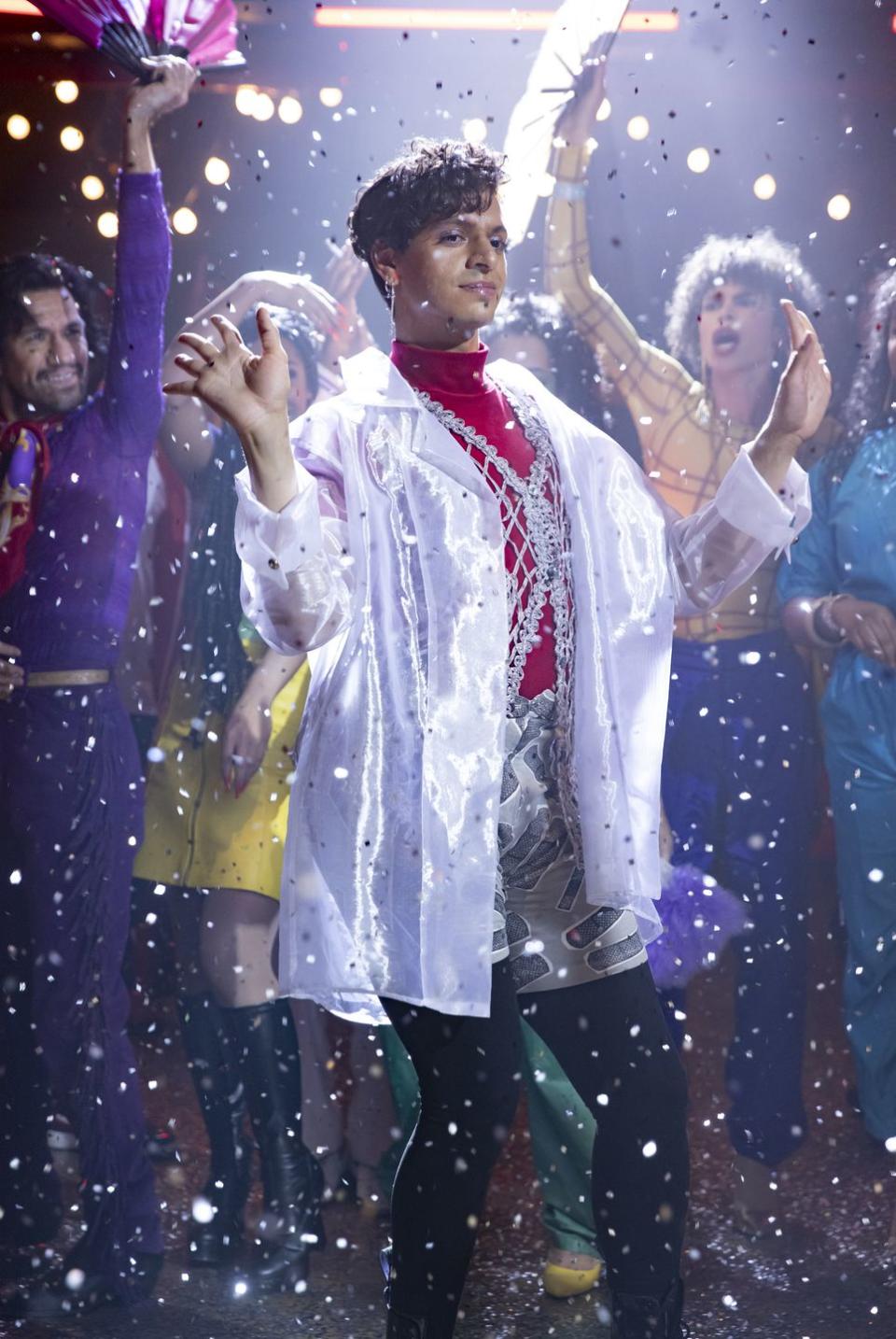
But to be the first of something, or to just introduce something new into the television landscape, brings forth a new set of challenges. Canals remember being turned down by network executive after network executive because the storyline was too “niche.” Where does a show like Pose live? Who is the audience of Pose? Questions like these permeated the pitch meetings, and no answer would satisfy them.
Network executives wanted a show that everyone could relate to. But who says a show can’t be relatable even if a viewer isn’t a part of the LGBTQ+ community or a person of color? “I've met people, specifically cis-gendered white women, who will say to me: ‘I never thought I would have a connection to a trans woman, but I love Blanca,’” he says. “‘She's such a great mom, and I've learned so much from her.’ To me, there's proof that the identities that a person holds...we don't all have to look like each other to be connected to one another's stories.”
And, that’s why Pose, despite its limited time on-air—it aired between 2018 and 2021—has become one of the most successful TV shows in recent history. Other than its numerous accolades—including two GLAAD awards as well as several Emmy wins and nominations—it's laid out the foundation of bringing LGBTQ+ narratives to the forefront of television. Now, we can only wonder: what is the future?
Canals spoke to Men’s Health on how Pose came to be, and the future of diversity in television now that his show has concluded.
Now that Pose has ended, can you speak on upcoming projects also bringing forth diverse characters and storylines?
I’m in a place right now coming off Pose where I'm doing the same thing I did seven years ago. When I first wrote Pose, I [assessed] the television landscape and was like: what are we not seeing? Whose stories are not being told? What are the narratives that need to be engaged in right now? So that's the place I'm in at the moment. I'm keeping my eyes open. I'm paying attention. I'm going to allow that to inform what I want the next story to be about. My work will always center folks of color, women, LGBTQ+ people. It's been so long that we've been on the margins and overlooked. My work will always empower, center, and honor [these] identities.
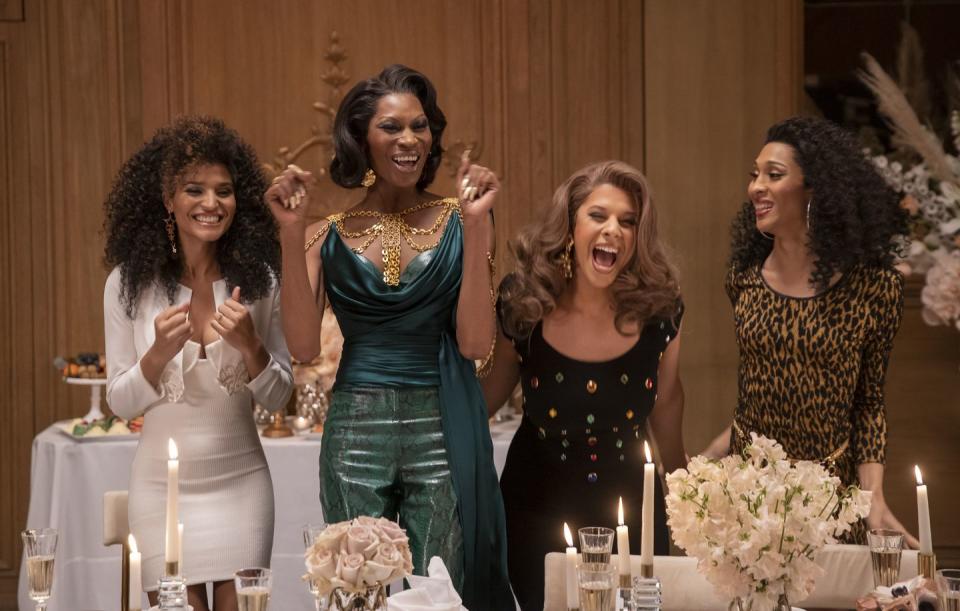
Do you think that that's the reason you were turned down a lot? As you mentioned, a lot of mainstream TV shows suit white audiences, and those who are othered are kind of left in the dust.
It was scary for folks because you had the intersection of two identities. It wasn't simply a show centering Black, or Latin, or Afro-Latin people; it wasn't just a show about queer and trans people. It was a show about both. I think that probably blew a lot of people's minds. Too many diverse identities in this one story.
I also think this is a risk-averse industry. There is always going to be a lot of fear around investing money in any project, to be quite frank, but I think if it's a project that centers identities, and people, who have historically been marginalized, and whose narratives are seen as niche, then it's gonna be even harder. “We've never done that before. Do we really want to take that risk?” More times than not, you wind up not seeing those projects move forward because it's never been done before. You require someone like Ryan Murphy, Shonda Rhimes, or someone really powerful to come in and say, “I'm going to invest in that narrative, and I'm going to put my reputation and my clout on the line for it.” Now that a show like Pose has existed, it'll be a little less difficult for these types of narratives to move forward. Before Pose, there was no reference point. Now there is.
Were you discouraged or frustrated that you're trying to bring a positive light to these communities, and yet no one saw how valuable this story is?
One of the things you're taught when you're coming out of an MFA program in screenwriting is: tell the story that only you can tell in your own very unique voice, but also write the show that you want to watch. So much of the process of storytelling is locating yourself in the characters, putting a little bit of yourself on the page, right? Crafting a narrative that is ultra-personal to you means that when you're going into spaces where you're being told “This script has no value.” The subtext to that is: I have no value. The takeaway becomes: you don't see value in me as a storyteller. So, that's tough. That was probably the hardest part of the journey.
With that said, I think that we, especially we [being] Black and Brown people, we're very resilient people. We don't [know] any other way to be other than to forge ahead in the face of all adversity. There was never a point where I thought I'd stop trying to find someone to invest in the narrative. I processed all the “no’s” over two and a half years of going in and out of rooms to pitch the story [as] that they just weren't the right people for me. You're not the collaborator for me; you're not the right person to work on this project. That was the fuel for me to keep moving forward. Someone out there is the right person; I just haven't found them yet.
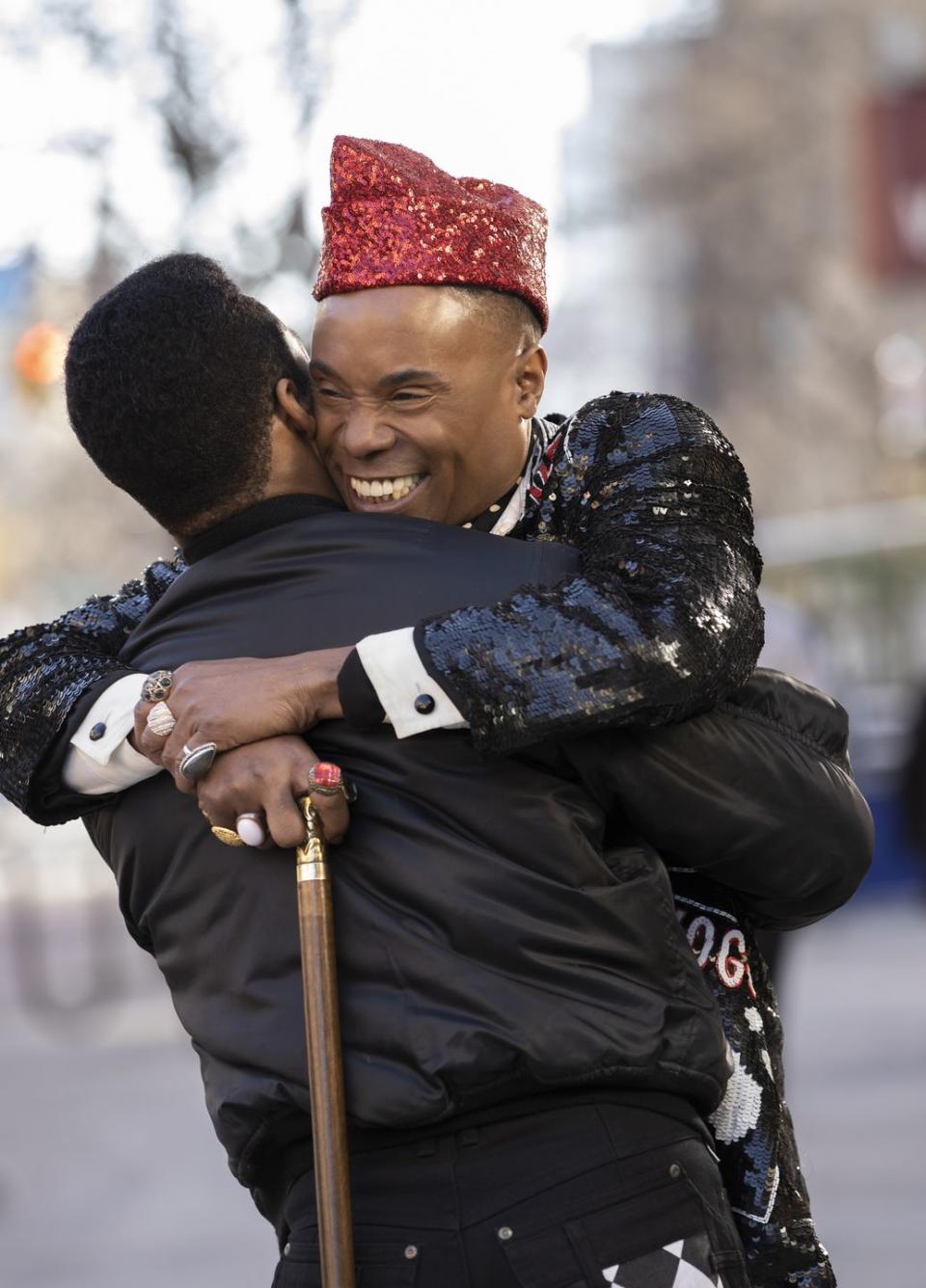
I think, in a lot of ways, I put the process of getting Pose to air akin to dating; where it's like, you're not going to marry the first person you meet. Maybe some people do, and that's fine. But I think for a lot of us, we have to really play the field and meet a lot of people before [we] find the right one.
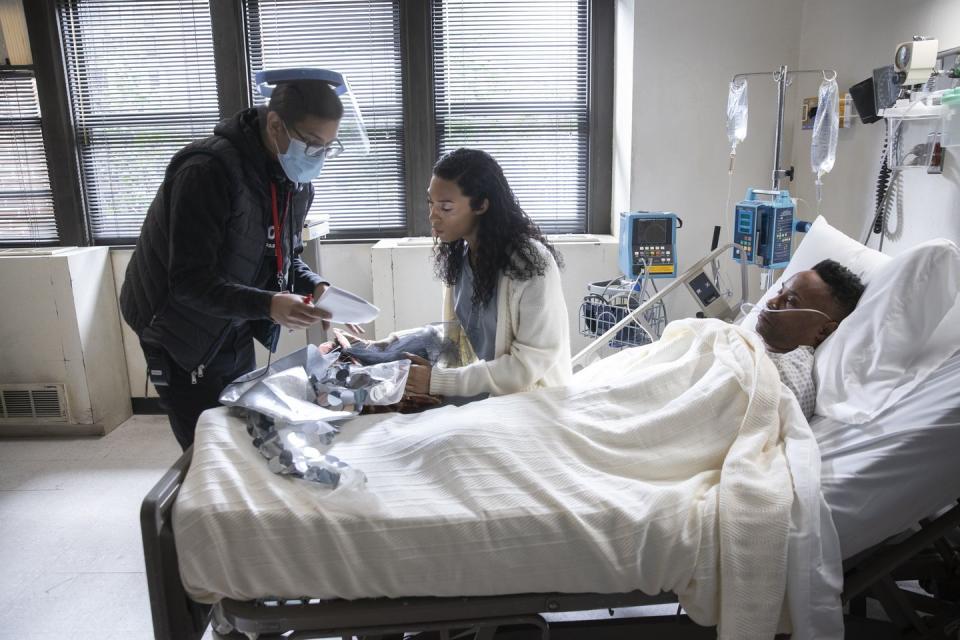
After being rejected for so long, how did you feel when Ryan Murphy and Brad Falchuk decided to give Pose the greenlight?
I was in shock, primarily because it's Ryan Murphy. [He’s] so powerful. He's prolific. That [pitch] meeting took place in September, [and] we didn't start really working in the writer's room on Pose until December. So there were two and a half months between our first meeting and the pitch. The entire time, I kept waiting every time my phone rang. I thought it was gonna be my team calling to tell me he changed his mind.
Do you think Pose has shifted diversity in television, or diversity and entertainment for the better?
That's always a hard question for me to answer. Pose has only been out for four years—it's three seasons. The show was considered groundbreaking before it ever aired because it centered not one but five Black and Afro Latin femmes. But with that said, I'm not looking at the television landscape and seeing more Pose exist. If you look at the most recent GLAAD report, where we are in film and television, we're seeing more trans characters. But, I don't know that we're specifically seeing more trans series leads. We're not seeing more shows that are explicitly about transness or centering characters that are trans. Quite frankly, with Pose ending, we no longer have any Black or Latin HIV characters on television. For three seasons, there were only ever three and all three of those characters were all on Pose.
So the show is now wrapped, that representation is now gone. What the show has done is that it's empowered and emboldened storytellers to be unapologetic about centering their identity, whether that identity is Black, Latin, Asian, or Indigenous Native American; whether it's queer, whether it's trans, whether it's non-binary, and all of that is beautiful. But those stories now also need to be greenlit. I'm hopeful that it'll happen, but I'm still waiting.
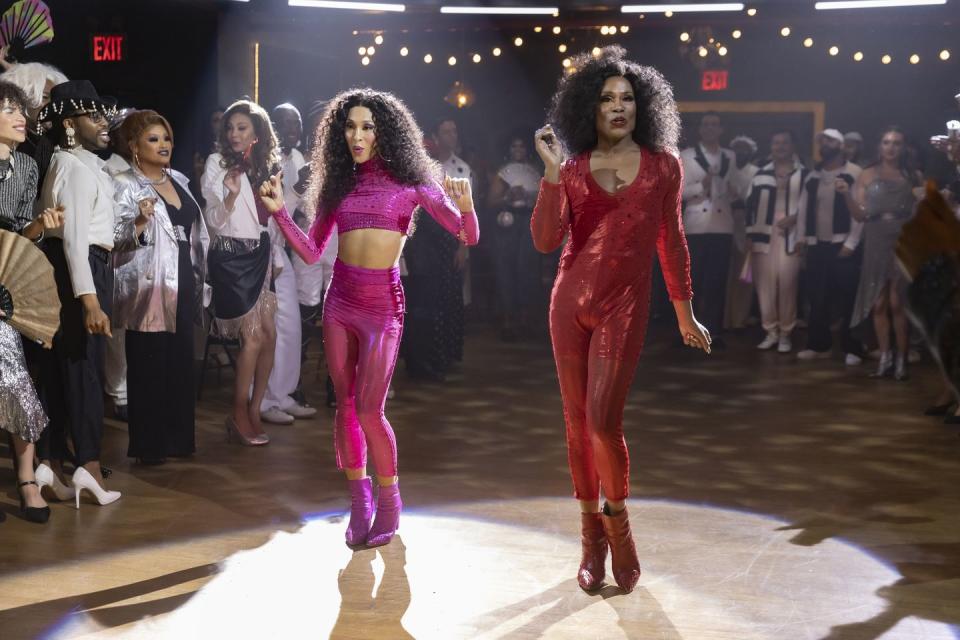
Pose is one of a kind. Are you afraid that TV shows are going to simply continue to just center white characters or anyone who's not marginalized? And are you afraid those who are represented are not represented well?
I don't know that I'm afraid we will go back. At this point, there are enough of us who are on the front line being very vocal about seeing ourselves—about the importance of equity and inclusion. I don't think we'll go back. I do think that we still need a greater commitment to supporting these narratives, supporting the narratives of folks of color, supporting the narratives of women, supporting the narratives of LGBTQ plus people. The reality is that the industry is still...we're still catching up. What's important is that it's a two-hander: it's not solely that we all need to be creating the content. And, I know that we are because I know enough people in my life who are doing the work. I think it's also the industry investing in those stories.
As a diverse screenwriter, it can be a little bit challenging to be listened to and to be heard. What are some challenges aside from Pose that you face?
The challenge is the labor of convincing the folks in power that our stories are universal. Obviously, the modern-day audience wants specificity, and sometimes that cultural specificity isn't always going to be universal. And I think that that's okay. But a lot of the work for creatives, specifically creatives of color, is trying to convince folks—the majority—that the story that I'm telling is going to impact everyone. They want broader narratives, but the reality is, broad is not necessarily the thing that audiences want right now. That's not what's interesting. That's not what's cool. That's not, and to be quite frank, specifically the story that I want to tell. The hardest part is just getting people to invest in the narrative when they feel like, “I can't connect to it,” or “I don't see myself in there.” Sometimes you just have to dig a little harder.
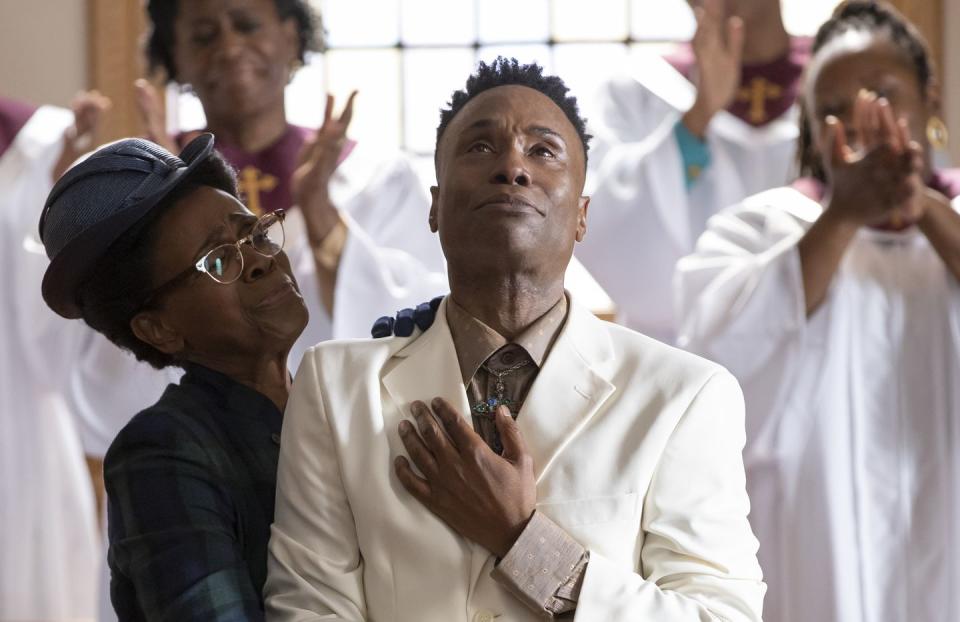
Do you feel like you have paved the way for screenwriters of color, or just those who want to put forward diverse storylines into television? Do you think that you have become an inspiration for, as you say, younger screenwriters or screenwriters who are in college?
I hope that I'm inspiring up-and-coming storytellers. I hope that people can look at me and my journey and the success that I've had thus far and think to themselves: if he can do it, I can do it too. That's absolutely the truth.
I don't feel like [I’ve paved the way]. There was already a path that was blazed before me, and I'm just sort of walking in it. I'm now part of the collective team of people who are doing the digging to continue the path forward. The best way to put it is: when I look at Pose, I think of Pose [not as] a moment, [but] a movement. I see myself as being part of the movement, but the movement predated me and it will continue long after me. I'm part of it. I'm proud to be a member of the team that's helping to forge that path further along.
You Might Also Like

